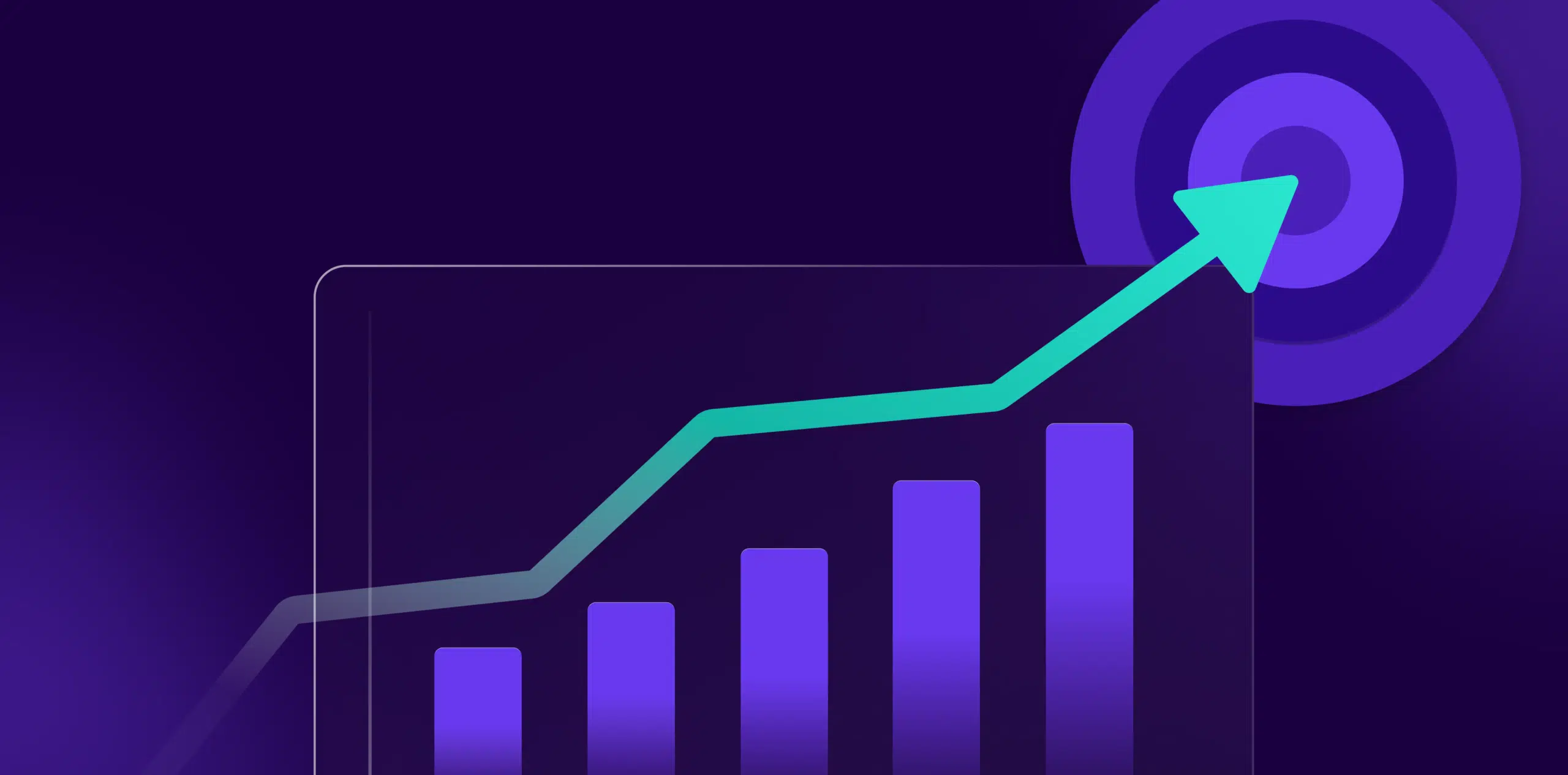What is Probabilistic Modeling?
Probabilistic modeling represents the uncertainty that comes with outcomes or results. It articulates and scrutinizes the random variables and the events that are represented as subsets. In ecommerce, it’s a powerful tool, helping businesses understand customer behavior, forecast sales, manage inventory and much more. With probabilistic modeling, businesses can predict multiple scenarios, their respective probabilities, and make calculated decisions.
Formula
The core of probabilistic modeling is probability theory. It mostly uses the Bayes’ theorem to update the probability estimate for a hypothesis as additional information becomes available.
P(A|B) = [P(B|A) * P(A)] / P(B)
In this equation, P(A|B) is the “posterior”, the updated probability of the hypothesis given the observed evidence. P(B|A) is the likelihood which is the probability of the observed evidence given the hypothesis. P(A) is the “prior” or the initial degree of belief in A. Lastly, P(B) is the total probability of the observed evidence.
Example
Consider an ecommerce business wanting to predict whether a customer will click on a particular product or not. It might create a probabilistic model incorporating factors like previous interaction with similar items, overall purchase history, time spent on the site, etc. Each factor will have a set probability or weight assigned to it, resulting in a final cumulative probability predicting the user’s action.
Why is Probabilistic Modeling important?
Probabilistic modeling is fundamental to making strategic decisions in ecommerce. Based on these models, companies can forecast sales, manage inventory, improve supply chain, personalize shopping experiences, and predict customer behavior. This data-driven decision-making process enhances operational efficiency, customer satisfaction, and overall revenue growth.
Which factors impact Probabilistic Modeling?
To enhance the efficiency of a probabilistic model, it’s vital to continually update it with fresh data. Additionally, utilizing advanced tools and machine learning algorithms can help improve the accuracy of these models. Regular auditing and tweaking the model, keeping in line with changing business scenarios, can also ensure improved results.
How can Probabilistic Modeling be improved?
Several factors can influence the outcomes of probabilistic modeling. Some of these include the accuracy of data, the relevance of variables included in the model, the assumptions made, the way uncertainties are handled, and finally, the model’s inherent limitations.
What is Probabilistic Modeling’s relationship with other metrics?
Probabilistic modeling works in harmony with other ecommerce metrics like Customer Lifetime Value (CLV), churn rate, conversion rate, etc. For example, probabilistic models can help predict the CLV by taking into account the probability of future purchases, thereby guiding customer retention initiatives.
Free essential resources for success
Discover more from Lifesight






















































